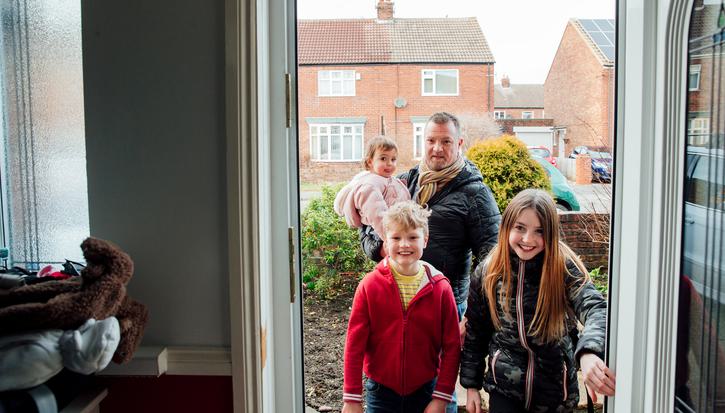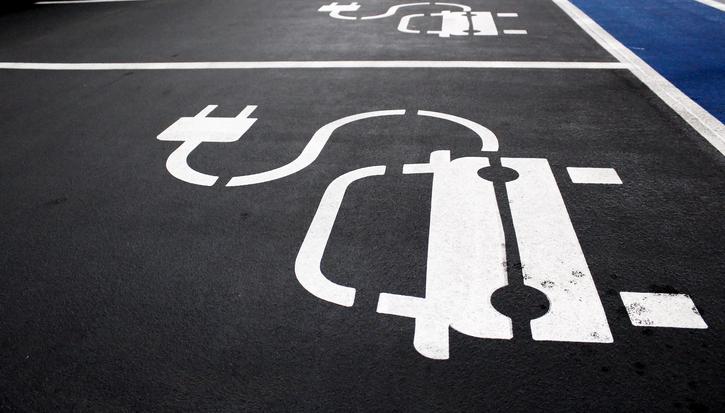Power to the people? Tackling the gender imbalance in combined authorities and local government
Article
The UK general election in June 2017 saw a rise in voter turnout among 18- to 24-year-old women, with participation up from 44 to 53 per cent compared with the 2015 general election. However, so far there is little evidence to suggest that this will translate into higher levels of party membership and political representation among women. Despite making up half of the population and voting in the same numbers as men, on average only 34 per cent of women are a member of a political party, typically the first step into participating into local politics.
We argue that political parties and institutions must seize the recent increase in voter turnout among young women to dramatically increase the numbers of women going into local politics. This must be complemented by a series of radical reforms to improve the pipeline of women rising to the top in local politics, and to correct the absence of women at the top of combined authorities.
Related items

The homes that children deserve: Housing policy to support families
As the government seeks to develop a new child poverty strategy, it will need to grapple with housing – the single largest cost faced by families.
Powering up public support for electric vehicles
Tackling greenhouse gas emissions will only work if public support for action remains strong. That means ensuring tangible improvements in people’s lives and heading off any brewing backlash.
Assessing the economy
Over the past few days and weeks, there has been lots of rather histrionic commentary about the UK’s economic situation as if the budget has created an economic disaster from which we’ll never recover.